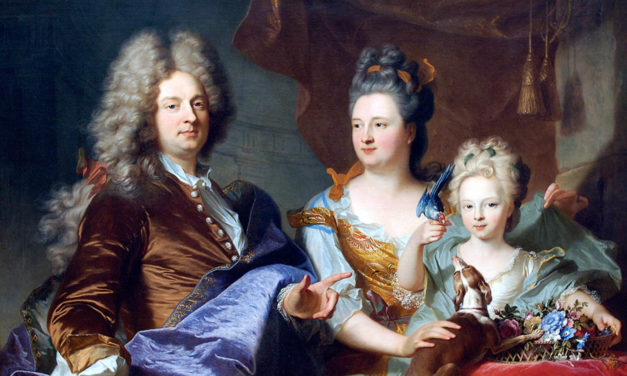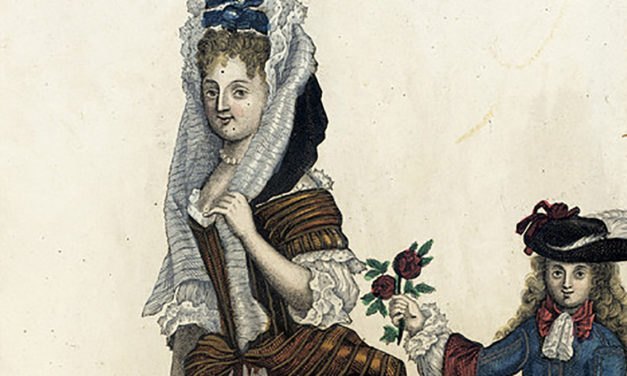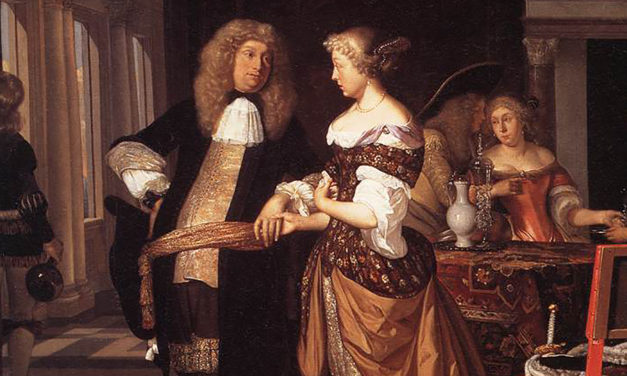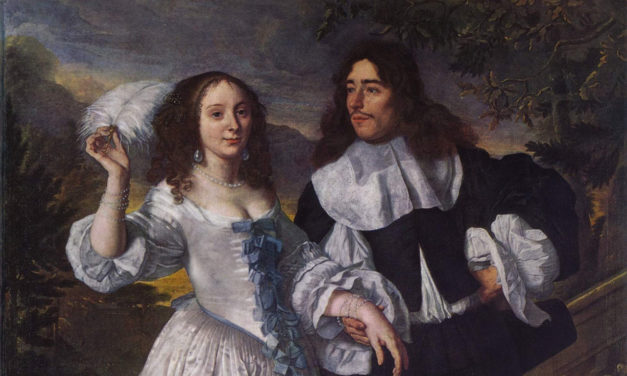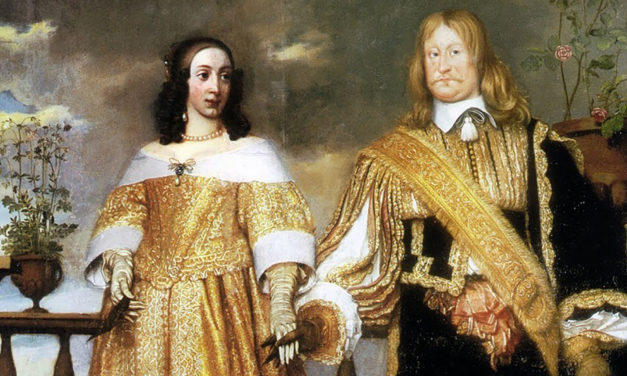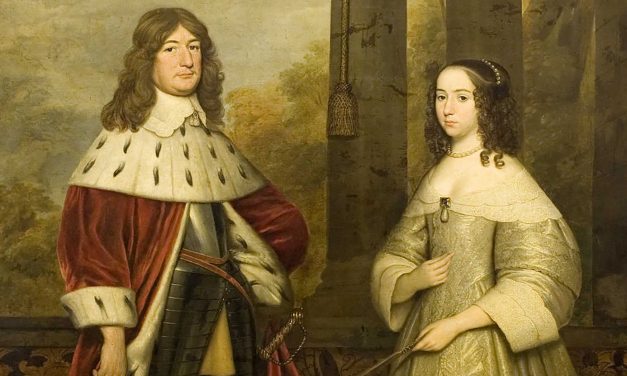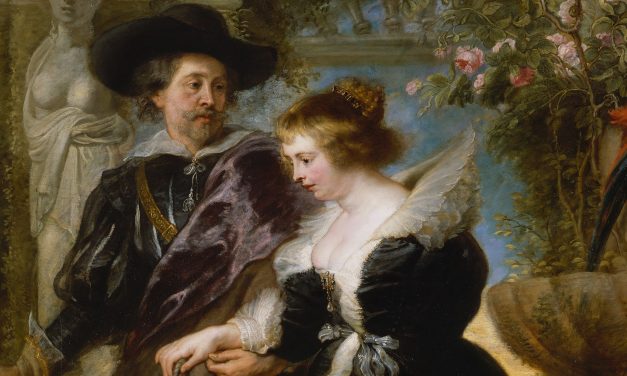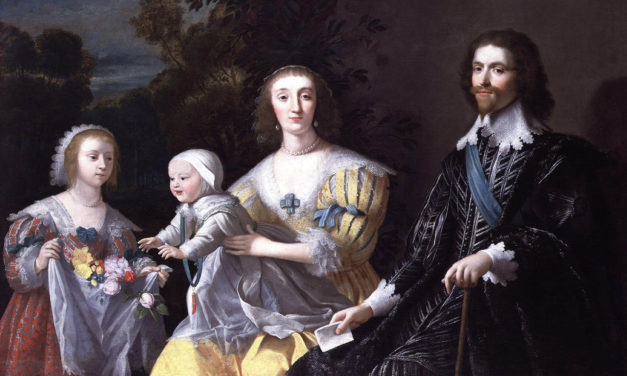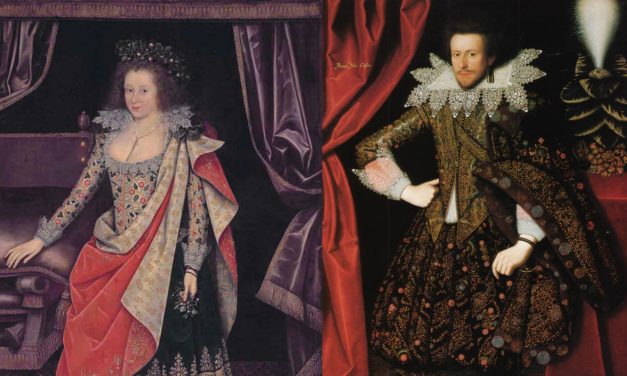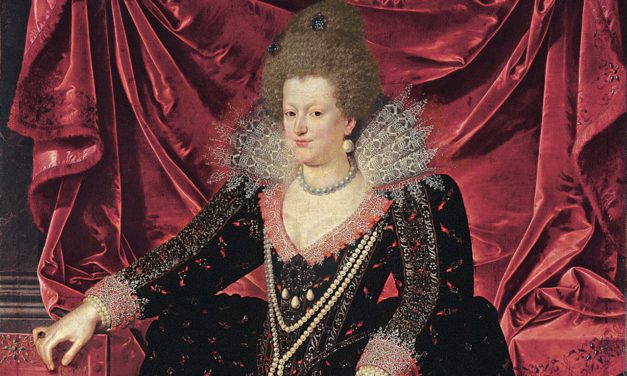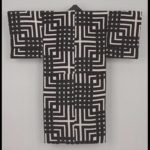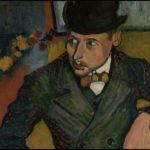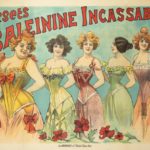1690-1699
The 1690s silhouette for women was extremely vertical and linear with the long-trained mantua being amplified by the towering fontange lace headdress. The more modest jacket-style mantua bodices are often attributed to the influence of Madame de Maintenon, the secret wife of King Louis XIV. Men’s coats gained fuller skirts and their wigs were now two-peaked and, by the end of the century, powdered gray or white.
Read More
